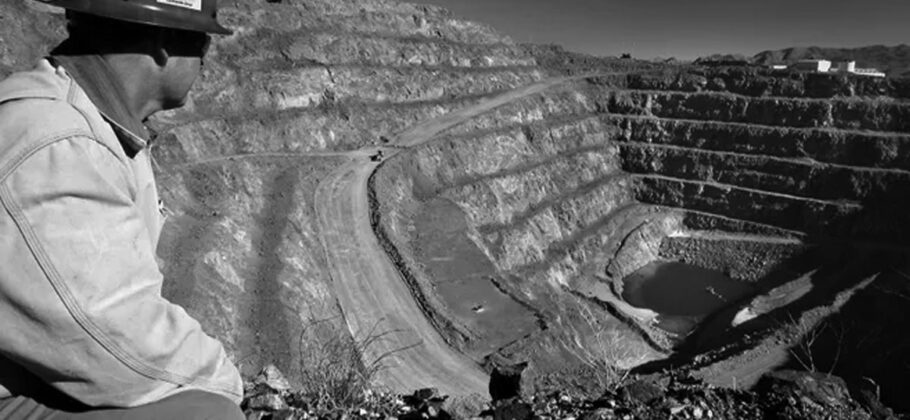Despite a recent agreement between the United States and China to resume the flow of rare earth minerals, the promised supply remains largely out of reach. Western companies are still waiting on Chinese export licenses, while critical industries, including defense, automotive, and electronics, face shortages that are already halting production. The gap between public commitments and real-world results has exposed just how much power China still holds over one of the world’s most important supply chains.
A Promise Undelivered
Two weeks ago, Chinese and American negotiators announced a deal to ease trade tensions. As part of that agreement, China said it would resume exports of rare earth elements and magnets that are crucial for manufacturing advanced technologies. President Trump took to Truth Social to assure Americans that “FULL MAGNETS, AND ANY NECESSARY RARE EARTHS, WILL BE SUPPLIED, UP FRONT, BY CHINA.”
However, what companies are experiencing is very different. Instead of speeding up the approval process, China is still dragging its feet. Applications for export licenses are facing long delays, and many are being denied altogether. Neha Mukherjee, a rare-earth analyst at Benchmark Mineral Intelligence, said, “Yes, the export restrictions have been paused on paper. However, ground reality is completely different.”
Bureaucratic Hurdles and Political Pressure
China claims the license system is in place to ensure that rare earths are not used for military purposes. But companies say the process has become a tool for extracting sensitive commercial information. Chinese authorities are asking importers to share the identities of their end customers and even submit technical schematics showing how the magnets will be used in products like motors. Companies that skip these questions to protect intellectual property often have their applications rejected or returned with instructions to start over, which adds another 45 days to the wait time.
“There are thousands of applications the [Chinese authorities have] received,” said a representative of one rare earth importer. “The system is slow and burdensome. Very detailed and confusing for the applicants.”
Even when licenses are granted, they expire after just six months, meaning companies must go through the entire process again to continue receiving supplies. That short time frame prevents any long-term planning and discourages firms from stockpiling, which Beijing appears to be actively discouraging.
Impact on U.S. Industry
The export delays are already causing serious problems for American manufacturers. Ford Motor Company was forced to stop production of its Explorer SUV for a week in May due to a shortage of rare earth magnets. Lisa Drake, vice president of industrial planning for Ford’s electric vehicles, described the situation as “hand to mouth,” adding, “It’s the normal supply-chain scrambling that you have to do.”
Other companies are choosing to airfreight rare earth components at high cost just to keep assembly lines running. In some cases, firms are redesigning products to use less powerful magnets, which can compromise performance. “These are the things you don’t hear about, how much money it is taking to keep these factories running, you know, limping along,” said one U.S. importer.
According to data from China’s customs authority, exports of rare earth magnets to the United States dropped 93 percent in May compared to the previous year. In Europe and Japan, automotive production lines have also paused due to material shortages. Germany’s main industry association warned its government that “licensing procedures must not be used as a means of exerting political pressure.”
The Military Shortages
The stakes are even higher for the U.S. military. Many of the restricted rare earths, such as samarium, dysprosium, and terbium, are essential for advanced weapons systems. These materials are used in precision-guided missiles, fighter jets like the F-35, naval destroyers, radar systems, and submarines. One Virginia-class submarine uses over 9,000 pounds of rare earth materials. The F-35 fighter jet contains more than 900 pounds of rare earths in its systems.
Defense contractor Lockheed Martin relies heavily on samarium-cobalt magnets because of their ability to perform under extreme heat and stress. According to the New York Times, Lockheed uses about 50 pounds of these magnets in every F-35. Yet China still controls 100 percent of the world’s samarium supply. There is currently no commercial production of this element outside of China.
A U.S. official warned that the depletion of rare earth inventories, especially due to rapid arms transfers to Ukraine and Israel, is becoming a serious concern. “The latest initiatives by the United States to lessen rare earths import dependence on China have in fact done little to loosen China’s grip,” said one recent analysis.
Efforts to Build Alternatives
The U.S. government has acknowledged the danger. Since 2020, the Department of Defense has awarded over $439 million to support domestic mining, separation, and magnet production projects. MP Materials, which operates the only rare earth mine in the United States, received funding to build facilities for both light and heavy rare earth processing. The company has recently begun producing neodymium-praseodymium magnets at its Texas plant.
Still, the numbers are small. MP Materials aims to produce just 1,000 tons of magnets annually. In contrast, China produced 300,000 tons last year. According to Jack Lifton, a rare earth industry expert, “The U.S. and European consumer sectors represent a modest portion of global demand for rare earth permanent magnets—approximately 40,000 tonnes annually spread across more than 30 nations. This figure amounts to just 10 percent of China’s installed production capacity.”
Australia’s Lynas Corporation is also expanding operations, building a rare earth separation plant in Texas and continuing to produce materials in Malaysia. But most of the company’s rare earth oxides are still refined in China. Lynas’ new facility is expected to come online in 2026, and while it will produce some heavy rare earths, there’s no firm indication that it will manufacture military-grade magnets.
China’s Long Game
China’s control over the entire rare earth ecosystem—from mining and refining to final magnet production—gives it unmatched strategic leverage. Beijing has used this dominance before, banning exports to Japan in 2010 during a political dispute. Over the past two years, China has imposed export controls on critical materials including gallium, graphite, and tungsten.
A 2024 report from the U.S. Government Accountability Office warned, “Critical materials such as rare earths… are overwhelmingly mined and processed abroad, making the U.S. reliant on foreign suppliers—particularly China.” The report also noted that even with recent investments, “significant work remains to turn production of samples in a laboratory into full scale commercial production capable of reducing reliance on China.”
The rare earth agreement between the U.S. and China has not resulted in any meaningful change. China is still tightly controlling exports, especially of the heavy rare earths needed for military applications. Companies are being forced to reveal sensitive business information, applications are being delayed or denied, and the U.S. defense industrial base remains exposed.
President Trump’s announcement that rare earths would be “supplied up front” by China has not materialized. Instead, China’s grip appears to be tightening. As former Molycorp CEO Mark Smith observed, “Western nations will take years to develop enough rare earth processing capacity to limit China’s dominance.”





